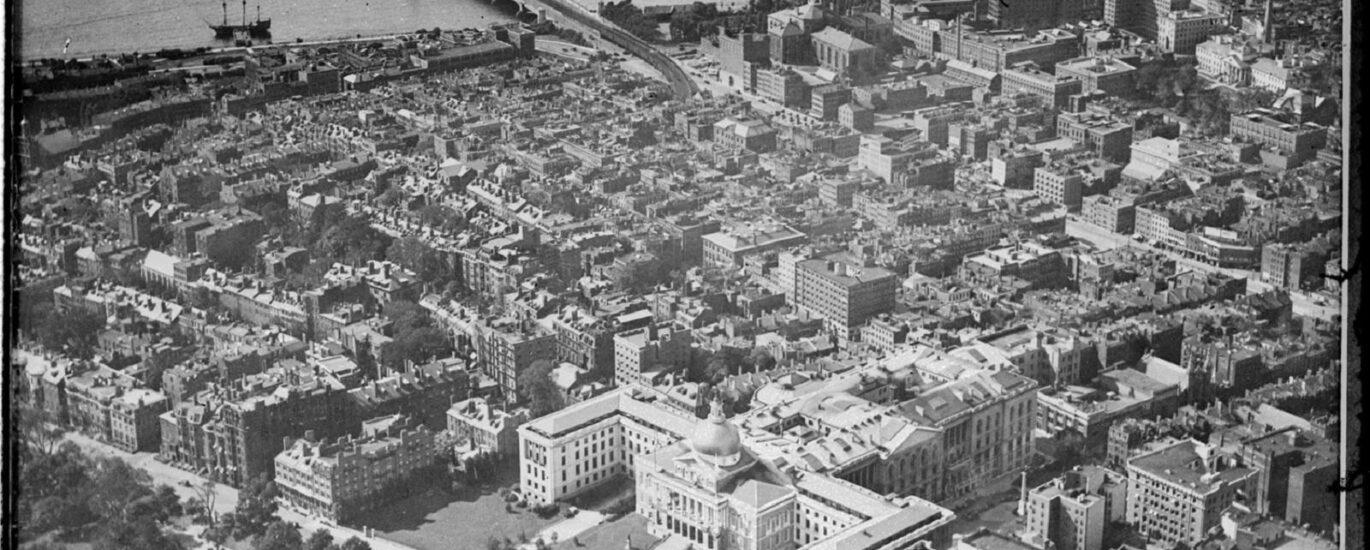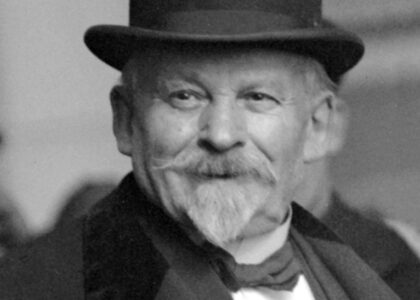Welcome to Beacon Hill, a neighborhood with a rich tapestry of history and culture in Boston, Massachusetts. This area is not only known for its picturesque cobblestone streets and Federal-style rowhouses but also for its significant role in American history. Let’s explore the timeline and stories that have shaped Beacon Hill.
The history of Beacon Hill begins in the early 17th century with the arrival of European settlers. The area was originally used for grazing cattle and was known for its steep hills. However, it wasn’t until the 19th century that Beacon Hill began to transform into the affluent neighborhood it is today, largely influenced by the Boston Brahmins—a term coined by Oliver Wendell Holmes Sr. to describe Boston’s elite class. These families, such as the Cabots and the Lowells, played a crucial role in shaping the neighborhood’s cultural and architectural landscape.
One of the most notable historical events associated with Beacon Hill is its role in the abolitionist movement. The area became a center for social reformers and activists, many of whom were involved in the Underground Railroad. The African Meeting House, built in 1806, served as a vital hub for the African American community and abolitionist gatherings. Prominent figures like Frederick Douglass and William Lloyd Garrison were known to have spoken there.
As you walk through the streets of Beacon Hill, you might notice the State House, completed in 1798, with its iconic golden dome. This building is not only a landmark of architectural significance but also a symbol of the political history that has unfolded within its walls.
Beacon Hill has evolved over the centuries but has remained a symbol of Boston’s historical and cultural identity. Today, it stands as a reminder of the city’s past struggles and triumphs, offering stories that bring history to life for all who visit.
So, as you explore Beacon Hill, imagine the footsteps of those who walked before you—activists, politicians, and everyday Bostonians—who have left their mark on this storied neighborhood.






